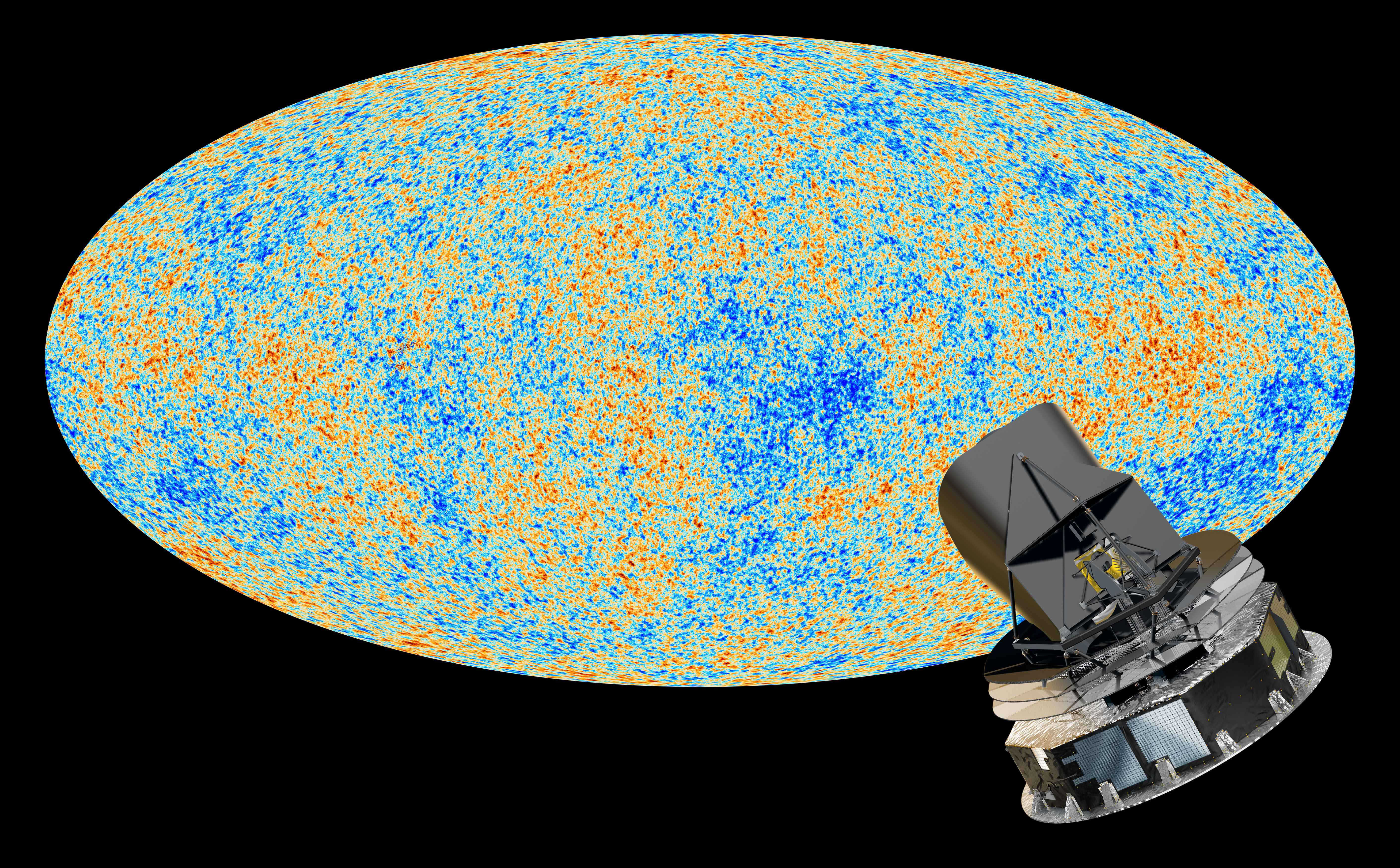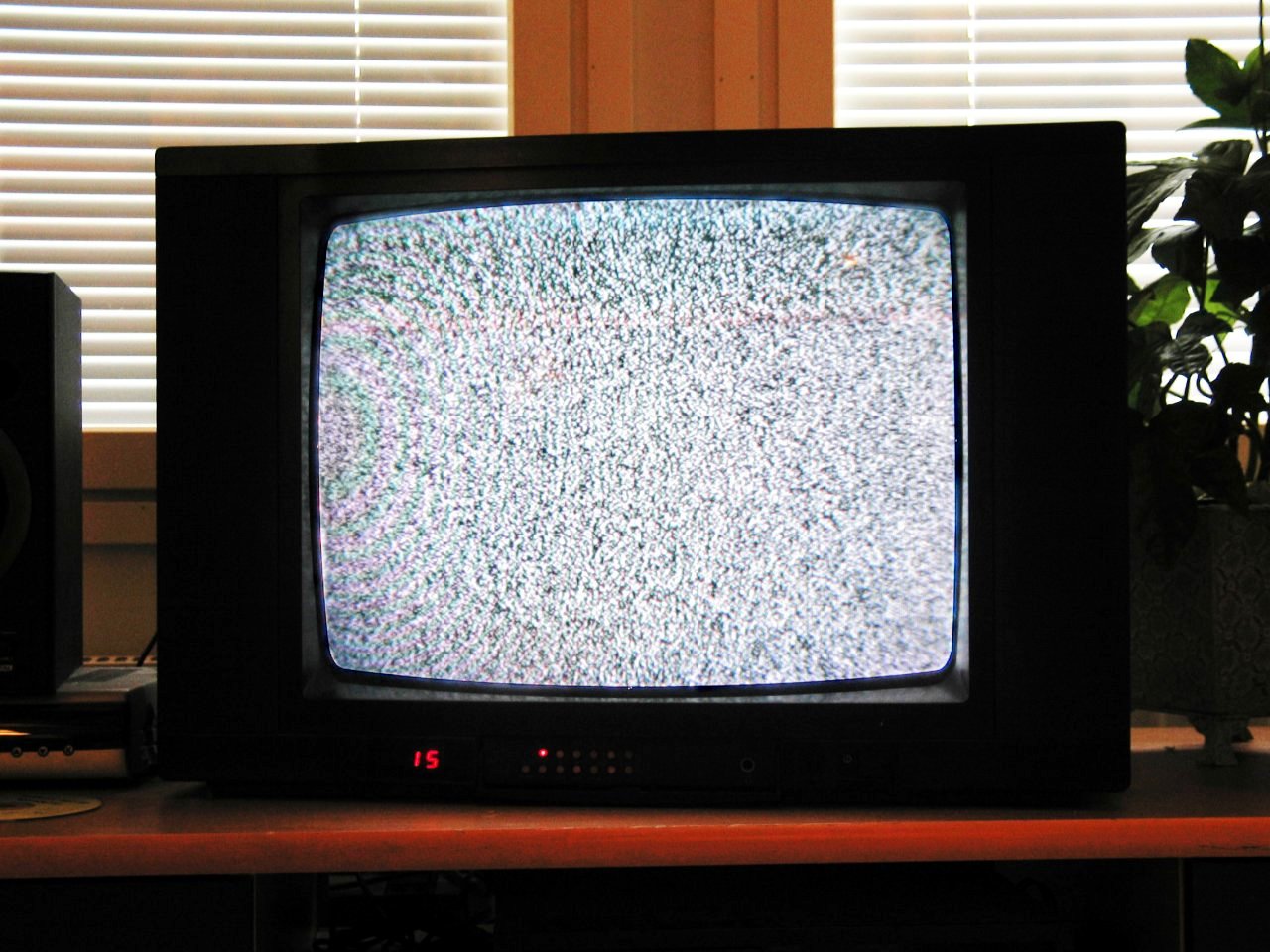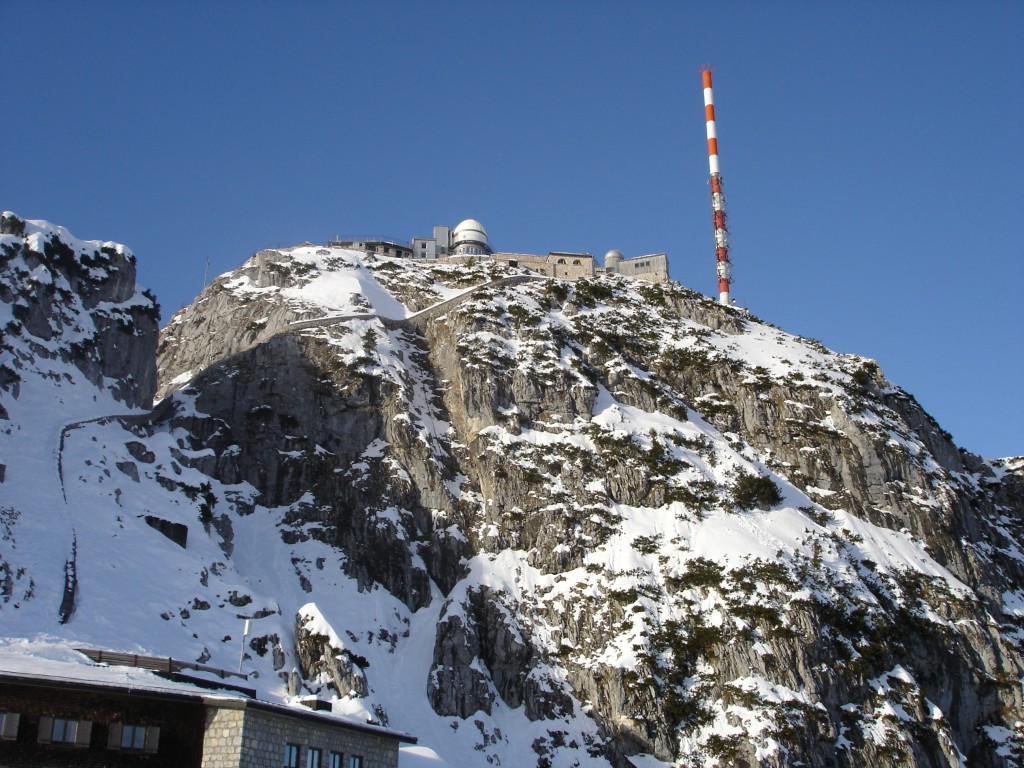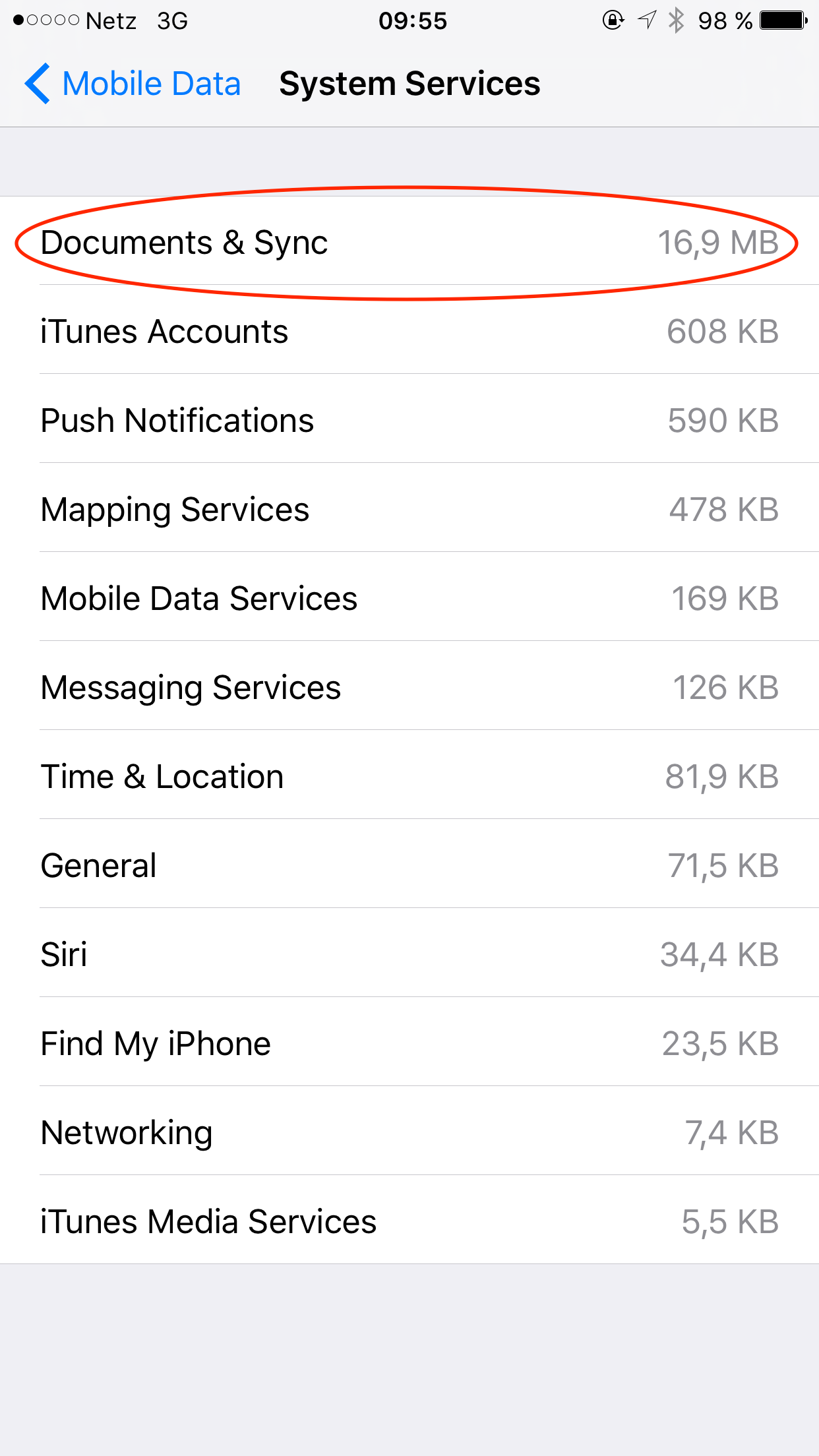Home » Uncategorized (Page 2)
Category Archives: Uncategorized
Solving BibDesk crashes
BibDesk is a great tool to manage your academic references (i.e. papers, books and other publications). Unfortunately the latest version (1.6.5) is crashing quite frequently, at least under Mac OS X 10.11.4. But the problem seems to be easily solvable (as described on the bibdesk mailing list) by changing or adding one parameter in the preferences.
Close BibDesk and open the preference file, i.e.
~/Library/Preferences/edu.ucsd.cs.mmccrack.bibdesk.plist
with a text editor, search for the key
FVWebIconMaximumNumberOfWebViews
and change its value to 0. In case this key is missing in your preference file (like it was the case on my machine), simply add it to the end of the file (it will re-arrange itself in the right way after re-opening the application), i.e. add
<key>FVWebIconMaximumNumberOfWebViews</key> <integer>0</integer>
For me this seems to have fixed the crashes.
Can you see the CMB in your analog TV?

For a public outreach talk I wanted to start with the importance of the Cosmic Microwave Background (CMB) for our understanding of the evolution of the universe. Then I remembered this anecdote that you can “see” the CMB radiation in the noise of your analog TV (if you still have one) and started wondering if that is actually true…

On the web there are several sources claiming that 1% of the noise between the channels of your TV programme are CMB, but I couldn’t find any actual calculation. So I tried my own.
Since I’m not an antenna expert and couldn’t immediately find some meaningful numbers for the radiation for analog terrestrial TV, I used this to come up with an order of magnitude number:
The old analog sender on top of mount Wendelstein in Upper Bavaria radiated at 0.4 kW in channel 48 according to the Wikipedia page. Channel 48 is at about 680 MHz and has a bandwidth of about 8 Mhz. This sender was apparently only used to broadcast to Bayrischzell which is about 2 km away. The sender had a round radiation pattern, i.e. it radiated in all directions, but only in one plane. However, since the town of Bayrischzell has a finite length, the half-power beam-width cannot have been too small. I assume here an H/R of ~ 0.2, i.e. at 2 km distance the half-power beam-width should be ~ 400m (i.e. illuminating an area of 5e6 m^2 at that distance). This is of course only a crude estimate, but for an order of magnitude calculation it should be OK. The specific flux received in Bayrischzell from this sender is thus
0.4 kW / (5e6 m^2 * 8e6 Hz) = 1e-11 W(m^2 Hz) or about 1e15 Jansky (in radio astronomers’ units)

OK, now let’s look at the specific flux of the CMB. This is easy, we just need to substitute proper values (2.7 K, 680 MHz) in the Planck equation and arrive at a specific flux of about 5.4e5 Jansky at the frequency used for the local TV station.
Now we need to compare this not to the signal strength estimated above, but to the estimated noise level of a typical analog TV receiver system. This is a bit tricky, but typical carrier-to-noise ratios (CNR) should be of some help. The carrier-to-noise ratio is the signal-to-noise ratio of a modulated signal. I didn’t find any recommended CNR values for terrestrial analog TV, but other CNR values for TV might give some guidance. In an article published with the Society of Cable Telecommunications Engineers, this guidance is given:
The FCC’s minimum CNR is 43 dB, which, in my opinion, is nowhere near good enough in today’s competitive environment. Indeed, most cable operators have company specs for end-of- line CNR somewhere in the mid to high 40s, typically 46 to 49 dB.
The National Association of Broadcasters Engineering Handbook (p. 1755) has a similar statement:
Noise will become apparent in pictures as the carrier-to-noise ratio (CNR) approaches 43-44 dB […]; a good design target is 48-50 dB.
So let’s assume the sender on mount Wendelstein is calibrated such that is achieves a CNR of 50 dB for the terrestrial analog broadcasting of the local TV station in nearby Bayrischzell. This means the signal is a factor 100,000 (1e5) stronger than the noise.
In this case, the noise level in the TV is about 1e10 Jy or about 200.000 times larger than the CMB signal. So, if this calculation is correct, it seems unlikely that you would be able to see the CMB signal while searching for signal with your analog terrestrial TV.
Good Apple service / Weird iPhone mobile data behaviour
Recently my iPhone had fallen on the street and the sapphire protection glas of the iSight camera cracked. Pictures could still be taken and they looked OK, but stark contrasts would lead to artefacts. Also, the aluminium shell of the phone got a few bruises. A few days later I received a notice that my iPhone 6 Plus was part of a replacement programme. Now that’s lucky given the circumstances…
On 5 Feb, I went to the Apple store in the Munich Olympia-Einkaufszentrum (OEZ) to get the camera replaced. When they tested the iPhone, however, they found that my camera was actually OK and would not need replacement. But after showing them the cracked sapphire glas and the bruises on the shell, they agreed to swap — not just the camera — but the entire phone by a new one! I was really surprised by this level of service.
Mysterious heavy use of mobile data in “System Services > Documents & Sync”
After restoring the backup I made just before leaving to the OEZ, my brand-new iPhone behaved very much like the old one and all data had been restored, too. After some time, however, I noticed that it was losing battery very quickly. I checked the usual culprits and found that, indeed, the phone was using lots of mobile data. Turning off mobile data showed that the phone had a healthy battery.

But the mobile data issue didn’t go away. I deactivated WiFi support and other known possibly problematic features. Eventually I deactivated iCloud documents and iCloud altogether, but the problem persisted: the phone was using up lots of mobile data — and almost all of it in “System Services > Documents & Sync”. I could almost watch it use up my mobile data quota as it was sucking (or pushing?) about one Megabyte for every two minutes or so.
I called Apple Service and they told me to reset my iPhone completely and set it up as a new one. Since I didn’t find time to do that immediately, I simply switched off mobile data for the time being and activated it only from time to time when I needed mobile internet access. At some point this started to annoy me sufficiently so that I wanted to tackle the problem again and so I activated mobile data again yesterday just to find that the problem had miraculously disappeared. With the same settings as before, the iPhone was now behaving as it should using less than 1 Megabyte in 3 hours or so for “Documents & Sync”.
I can only speculate as to the origin of the problem and why it has solved itself. Perhaps the iCloud sync was somehow confused by the phone swap and somehow ended up in an endless loop of syncing the phone to the cloud and vice versa and again? And then at some point a cleanup daemon deleted old sync files on Apple’s servers so that it now works again? I will probably never now.
The lesson I learned from this incident is, however, that it’s not always worth trying to solve a (minor) problem immediately since it may solve itself as time passes. 🙂
owncloud on the Raspberry B+/2B: a 10x performance boost
Since more than two years now I was using my Raspberry Pi B+ as an owncloud-Server. Triggered by the various spy scandals and fascinated by the possibilities of this small and efficient computer, I wanted to see if it is possible to use comfortable cloud services while also having control over my data (it is). I enjoy my private owncloud for keeping notes up-to-date across my devices, but also for sharing pictures and files with family and friends. The client connection was always pretty fast and since I recently upgraded my home internet connection to V-DSL with 100 MBit/s (upload 10 MBit/s), upload speed is no longer a big issue. However, the PHP web interface was always relatively slow on my old Raspy model B+ and so I invested in a new Raspy 2 to see if that would improve the speed. This new Raspy features a four-core ARM Cortex–A7 processor @ 900 MHz with 1 GB of fast RAM: Quite an improvement over my Raspy B+ with a single-core 700 MHz processor with 512 MB of RAM. I was hoping for a significant boost for the owncloud performance since the Apache server forks into many processes even for a single connection and should thus be able to make use of the new Raspyb’s multi-core CPU. And I was not disappointed!
(more…)
Install Python with two lines of code
There are long discussions about which is the best or “right” way to install Python, but in case you just want to use it, here are the only two lines of code you need to enter in a terminal on your Mac to install a working Python environment with the latest Python 3.x including the packages numpy, scipy, astropy and iPython (among many other things).
- Install Homebrew:
ruby -e "$(curl -fsSL https://raw.githubusercontent.com/Homebrew/install/master/install)"
- Install the latest Python 3.x and relevant packages:
brew install python3
And that’s it. You can now start using Python by typing
ipython3
This will launch an interactive Python shell (which allows you to use tab-completion among many other neat things).
The German astronomy job market
There is a lot of discussion about the dismal prospects for an academic career, especially in the German astronomy community, but there are hardly any numbers. Here I would like to provide some.
Since several years, the German Astronomical Society (Astronomische Gesellschaft) collects job offers for German (and some international) openings on their job register. While this is certainly not complete, it is pretty extensive and my impression is that most major jobs that are publicly advertised can also be found there. So I went through the list of about 300 offerings from 2011 to date and categorized all jobs into three categories “PhD position”, “Postdoc position” (i.e. academic non-tenured position) and “tenured or tenure-track position” (i.e. professorships, research assistants, but also PR jobs with close academic relations). I selected only jobs in Germany which shrinks the list to 248 positions (note that some offerings were for multiple positions). Without further ado, here’s the result:

A couple of notes:
- Assuming that most Ph.D. offerings lead to the production of 1 astronomer, the “production rate” of astronomers in Germany is about 30/year. (Note added 21 Oct 2015: Actually, the number is even higher since only a fraction of Ph.D. positions are advertised via this jobregister. In Heidelberg and Munich alone, two big astro places in Germany, there are probably about 30 Ph.D. offerings per year)
- The number of postdoc offerings is similar to the number of Ph.D. offerings suggesting that either almost all Ph.D.s stay in academia or that those who stay remain in the postdoc phase for a long time.
- The ratio of production rate (30/yr) to the “sink rate” (tenured or tenure-track position, 1.6/yr), let’s call this the oversubscription factor, is about 20.
- About half of the tenured positions are PR positions such as planetarium jobs or editors for astronomical magazines; the W1 junior professorship that were offered were not tenured or tenure-track. They are essentially junior groupleader positions with additional teaching.
A couple of thoughts:
- An oversubscription of about 10 (roughly the case for proposals to ALMA from Europe or the U.S.) is considered unproductive by many senior astronomers.
- It seems hard to avoid the conclusion that either the job register or the job market is flawed.
Useful tool: ADS to BibDesk
In order to keep an overview of my references and also to quickly add them to publications, I add references that I find useful to the bibliography manager BibDesk. To add a paper, I would copy the BibTeX code on ADS into BibDesk and then link the PDF so that it can be easily retrieved later. I have set up BibDesk such that it uses simple cite codes (such as burtscher2015) and uses these codes also as the file name of the PDF. This way I can easily open the PDF from any application by activating Spotlight and typing in the cite code.
This “workflow” has served me well so far, but now I found a tool that makes this even more streamlined. The “Service” (i.e. a context-menu extension for Mac OS X) ADS to BibDesk allows to add a paper to BibDesk by simply right clicking on the bib code (among many other ways of ingesting references). It is essentially a Python script with a Workflow wrapper and works fine on my Mac with OS X 10.10.3. Thanks to Jonathan Sick and contributors for providing and maintaining such a useful tool!
Kundenvermeidungsstrategien
(This is a German post about customer service by companies)
Kunden sind lästig und mit ihnen auch noch kommunizieren zu müssen kostet Geld und Nerven. Logisch, dass Firmen mit allerlei Tricks versuchen, Kontaktformulare gut zu verstecken und möglichst keine E-Mail-Adressen rausrücken. Wenn sich in dieser Kundenvermeidungsstrategie aber Risse auftun, ist es manchmal amüsant zu lesen, wie um den heißen Brei herum laviert wird. Hier z.B. eine E-Mail von DHL (Absender und Reply-To: noreplyKSDHLPaket@dhl.com) auf eine Anfrage zur Sendungsverfolgung (ein Paket war verloren gegangen):
Bei Fragen können Sie uns gerne jederzeit telefonisch oder per eMail kontaktieren.
Bitte antworten Sie nicht auf die eMail-Adresse “noreplyKSDHLPaket@dhl.com“, dieses Postfach wird nicht gelesen. Bitte benutzen Sie für die Kommunikation per eMail ausschließlich die “Antwort” Funktion Ihres eMail-Programmes.
Bei Fragen stehen wir Ihnen gern zur Verfügung.
Da weiß der Kunde dann wirklich nicht mehr, wo er dran ist und schreibt einfach einen Brief — aber vielleicht war das ja auch gewollt, denn DHL gehört schließlich der Deutschen Post…?
Öffentlicher Vortrag am Gymnasium Penzberg, Samstag, 16. März
Vortragsankündigung: Das Schwarze Loch im Zentrum unserer Milchstraße
Samstag, 16. März 2013, 10:00 Uhr im Atrium des Gymnasiums Penzberg (Eintritt kostenfrei)
Es gibt eigentlich kaum mehr Zweifel, dass schwarze Löcher tatsächlich im Weltraum existieren. Und doch fehlt bislang der unumstößliche Beweis, dass es sie gibt. Genau hier setzt das neuartige Instrument “GRAVITY” an, das derzeit unter der Leitung des Garchinger Max-Planck-Instituts für extraterrestrische Physik entwickelt wird. Das primäre Ziel dieses Instruments wird das Zentrum unserer Milchstraße sein, das so genannte Galaktische Zentrum, wo sich das wohl am besten untersuchte supermassereiche Schwarze Loch befindet. Durch jahrelange Detailarbeit wurden viele Sternorbits im Galaktischen Zentrum genau vermessen und damit die Masse des zentralen Objekts auf 4,31 Millionen Sonnenmassen bestimmt — und zwar auf wenige Prozent genau. Mit der Auflösung von “nur” einem der 8,2 Meter großen Teleskope des Very Large Telescope (VLT) ist weiterer Fortschritt jetzt aber nur noch langsam möglich. Daher soll nun das Licht aller vier Großteleskope des VLT in der chilenischen Wüste kombiniert werden, um eine Auflösung von etwa 10 Mikrobogensekunden zu erreichen — das entspricht der Größe einer Euro-Münze auf dem Mond! Damit wird es möglich sein, die Physik in der Nähe des Ereignishorizonts zu untersuchen und zu klären, ob es sich wirklich um ein schwarzes Loch handelt und welche Eigenschaften das Schwarze Loch hat.
Dr. Leonard Burtscher war ein Schüler des Gymnasiums Penzberg (Abiturjahrgang 2001), studierte dann Physik in Würzburg und Edinburgh (Schottland) und promovierte schließlich am Max-Planck-Institut für Astronomie in Heidelberg über Aktive Galaxien und Interferometrie. Derzeit ist er wissenschaftlicher Mitarbeiter am Max-Planck-Institut für extraterrestrische Physik in Garching bei München.

Making ESO’s P2PP work with a modern OS X
The most recent ESO observation preparation software P2PP 3.3.2 requires an outdated Java version (1.6). Should you have a more modern version (1.7.0_11 is the most recent one), the easiest way to make it run on a Mac is to create this path /Applications/jre/bin/ and link /System/Library/Frameworks/JavaVM.framework/Versions/1.6/Commands/java to there, if you have it (otherwise install the old Java version). Then open the p2pp shell script and comment lines 178-209 except lines 182-183 and it should work.